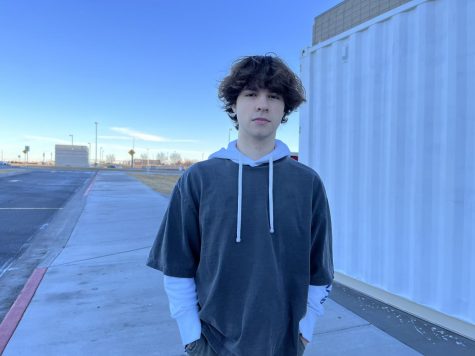OPINION: Social media plays a major role in drug accessibility to teens
April 7, 2023
Nowadays it’s dangerously easy for teenager’s to purchase drugs. With social media sites such as Snapchat and Telegram being more popular than ever, they are now becoming a common source used by many drug dealers advertising their product. For me personally, the main issue stems from just how simple it is to sell drugs on Snapchat. Almost every teenager you come across surely has this app, and it’s safe to assume that they’ve likely been exposed to drug advertisements on the site.
The site has an option for users to make stories, similar to instagram that can be modified to be shown to everyone or only friends. This story feature on the site is a common way dealers use to advertise drugs. Advertisements can be pictures of products and prices or letting customers know that they are available. I can’t recall how many times I’ve just been scrolling through stories and stumbled upon blatant drug advertisements. Drugs that I often see being advertised include “Cake bars”, These are similar to a vape but infused with wax containing THC. Other drugs that are commonly advertised include LSD, shrooms, edibles, and more wax-based vapes.
Snapchat does have a feature to report inappropriate stories and ban users who chose to post this, but it isn’t enough. Dealers often have a “backup account” in case they get banned, resulting in them getting right back into business as if nothing happened.
Snapchat is now being sued by Social Media Victims Law Center due to the death of eight people ages 15-22 as a result of drug distribution throughout the app. The Sacramento Bee, a well known newspaper, reported that, “The teens and young adults who died met drug dealers on Snapchat and purchased what they believed to be prescription medications, including Percocet, Oxycodone and Xanax, according to the lawsuit filed by Social Media Victims Law Center.” The lawsuit argues that certain Snapchat features make the illegal sale of drugs through the platform easier, including disappearing messages, “My Eyes Only”, which allows messages to be locked with a passcode; and “Snap Map”, which makes users’ locations visible to others on a virtual map. As stated by a release from the Social Media Victims Law Center, which is representing parents whose children have been harmed by social media.”
The ease of access for drug dealers to abuse features like these is what needs to be managed by snapchat to provide a solution to what seems to be an endless source of vulnerable customers for drug dealers. The only realistic solution to help guardians monitor what they’re teens are up to on their phones to help prevent drug use is to create apps for parents and guardians that make it simple to watch over phone activity.


Chase Barlow • May 24, 2023 at 8:48 am
I 100% agree with this article. It’s not the only role in the matter, but it is a big one. Social media is the easiest way for teens to reach strangers. Social media is a big part of any teen’s life, so meeting a stranger who sells drugs could very easily lead to accessing them. This is completely true and scary to be a teen with this accessibility.
Max • Apr 7, 2023 at 10:07 am
That is an exciting thought that I agree with. I spent some time researching drug addiction for teens. One of the most significant factors was a broken family and bad friends; the most accessible way (according to my research) to be surrounded by bad friends is through social media. One of the critical factors of social media is it gives a sense of atomicity, and one of the results is an increasing willingness to sell so-called recreational drugs, some legal, some not so much.